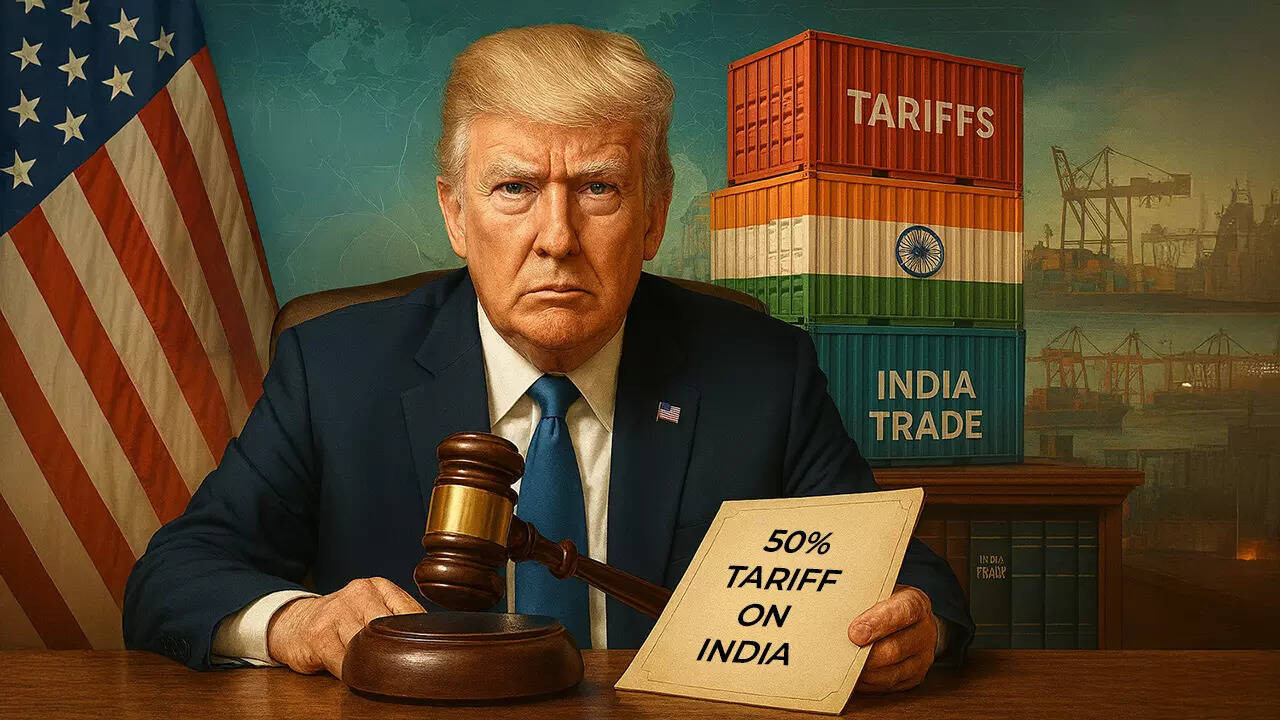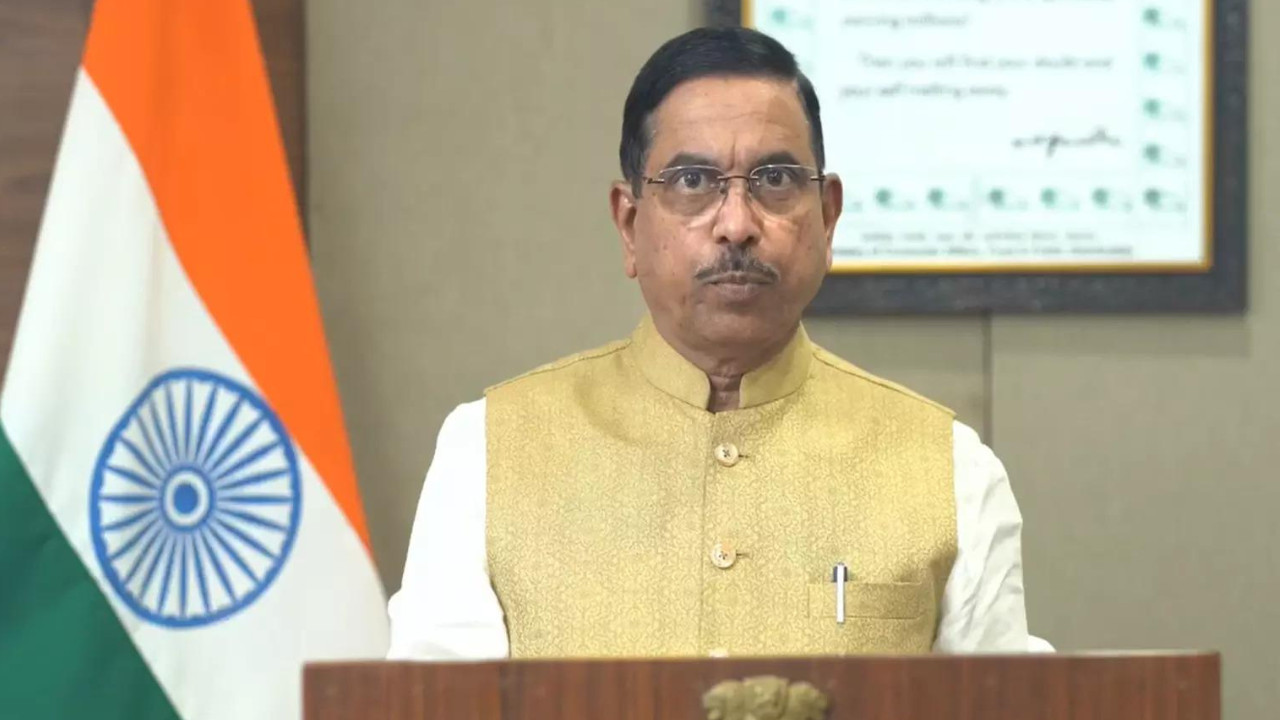India is preparing for 50% US tariffs starting August 27, prompting policy reforms and a push for ‘Made in India’ products. The government is restructuring GST, exploring export aid, and finalizing FTAs to counter the impact. Despite potential export challenges, economists remain confident in India’s economic growth, supported by strong domestic consumption and stable fundamentals.
India Stands Firm: Navigating US Tariffs with Strategic Economic Moves
The global trade landscape is a chessboard, and India, it seems, is playing a very calculated game. As those much-anticipated (or dreaded, depending on your perspective) US tariffs on approximately 50 items from India came into effect, whispers of economic fallout filled the air. But far from bowing to pressure, India is poised to leverage a multi-pronged strategy, signaling a commitment to economic resilience and a determination to maintain its growth trajectory. Let’s delve into the key moves India is making to counter the impact.
One of the initial reactions involved a measured response of its own. New Delhi has previously imposed retaliatory tariffs on 28 US products. This tit-for-tat approach, while seemingly confrontational, aims to demonstrate resolve and create leverage for future negotiations. It’s a statement saying, “We value fair trade, and we will protect our interests.” This initial response is not the full picture, though.
GST Cuts as a Buffer: Stimulating Domestic Demand
A critical component of India’s strategy lies in strategically deployed Goods and Services Tax (GST) cuts. These aren’t just random acts of fiscal generosity; they are calculated efforts to stimulate domestic demand. By reducing the tax burden on specific sectors, the government aims to make goods and services more affordable, thereby boosting consumption and offsetting any potential slowdown caused by reduced exports to the US. This proactive measure hopes to bolster internal market strength.
The beauty of GST cuts lies in their targeted nature. The government can identify sectors particularly vulnerable to the US tariffs and offer them targeted relief. This not only mitigates the immediate impact but also encourages long-term competitiveness by fostering efficiency and innovation within those sectors.
Next-Generation Reforms: A Long-Term Vision for Economic Growth
Beyond the immediate response, India is focused on implementing a series of what are being called “next-generation reforms.” This isn’t just about reacting to the current situation, but about laying the groundwork for sustained economic growth in the long term. These reforms likely encompass a wide range of initiatives, including streamlining regulations, improving infrastructure, attracting foreign investment, and promoting technological innovation. The goal? To create a more robust, competitive, and attractive economy that is less vulnerable to external shocks.
These reforms could include measures to improve the ease of doing business, reduce bureaucratic hurdles, and promote digitalization across various sectors. They also could focus on strengthening the financial sector, promoting entrepreneurship, and investing in education and skills development. Think of it as future-proofing the Indian economy. The reforms serve as an attempt to create a business-friendly environment that draws global investment.

Diversification of Export Markets: Looking Beyond the US
Relying solely on one market, no matter how large, is never a good strategy. Recognizing this, India is actively pursuing diversification of its export markets. This means exploring new opportunities in other regions of the world, such as Africa, Latin America, and Southeast Asia. By expanding its export base, India can reduce its dependence on the US market and mitigate the impact of any future trade disruptions.
This diversification effort involves not only identifying new markets but also tailoring products and services to meet the specific needs and preferences of those markets. It also requires building strong trade relationships with these countries and fostering greater economic cooperation. This proactive approach to market diversification is critical for building a more resilient and sustainable export sector.
Boosting Manufacturing and Infrastructure: Strengthening the Foundation
A robust manufacturing sector and world-class infrastructure are essential for sustained economic growth. India is investing heavily in these areas to improve its competitiveness and attract foreign investment. Initiatives like “Make in India” aim to transform the country into a global manufacturing hub, while investments in infrastructure, such as roads, ports, and airports, are improving connectivity and reducing transportation costs. You might be interested in reading about the impact of infrastructure development on logistics within India.
By strengthening its manufacturing base and improving its infrastructure, India is not only creating jobs and boosting economic growth but also making itself a more attractive destination for foreign investment. This, in turn, helps to diversify its economy and reduce its dependence on specific sectors or markets.
A Resilient India
The US tariffs undoubtedly present a challenge, but India’s response indicates a broader strategy. By combining targeted GST cuts, next-generation reforms, export market diversification, and investments in manufacturing and infrastructure, India is strategically maneuvering to minimize the impact and foster sustained economic growth. The message is clear: India is not just reacting to the present; it is actively shaping its economic future. This calculated approach demonstrates a commitment to resilience and a determination to maintain its position as a major player in the global economy. This holistic approach strengthens India’s ability to manage international trade dynamics.







